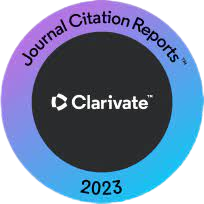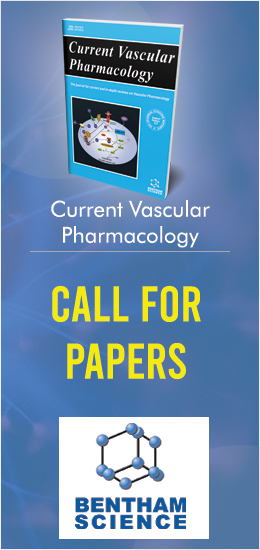Refractive Error Prevalence in South Indian Youngsters Studying Professional Courses
Vinothini Masimania1, 2, 3, Yazhini Ravindrana1, 2, 3, Srikanth Raghavendran2, Stalin Selvaraj1, 3, *
Abstract
Introduction:
The aim of this study is to find the prevalence of refractive error within the south Indian University student population and correlates it with their lifestyle and food habits.
Methods:
The student community was randomly selected in the university and asked various questions like age, gender, iris colour, food habit, and body mass index using a standard questionnaire using google forms. A total of 74 students were selected for the professional institute with the age group of 20 to 22. From our analysis, half of the female population (48.33%) and three fourth of the male population (69.56%) were found to have refractive error is the most prevalent refractive error in this population (100%). Female students (55.17%) showed less refractive error in contradiction,male individuals (75%) exhibited higher prevalence. Refractive error is equally distributed between black (55.55%) and brown (53.84%) eyed individuals. People with higher fast food uptake are at high risk of refractive error (57.57%).
Results:
Myopia was observed higher in the urban population in comparison to the rural population. The modified Plackett Burman method is used to predict the phenotypic characteristics among the different factors analysed.
Conclusion:
From the observations, we developed the mathematical model to validate the various parameters and finally we concluded that black eyeball colour and females have a significant influence on myopic incidence.
* Address correspondence to this author at thr Centre for Nanotechnology & Advanced Biomaterials (CeNTAB), SASTRA Deemed University, Thanjavur 613401, Tamil Nadu, India; Tel: +(91) 4362 264101 Ext 3677;
Fax: (+91) 4362 264120; E-mail: stalin@scbt.sastra.edu








